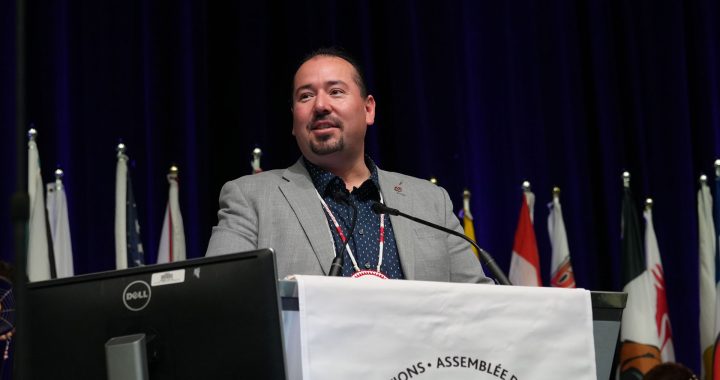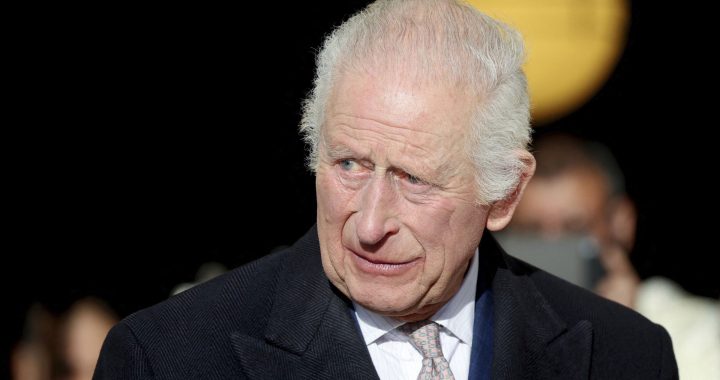The names on a memorial wall in Vancouver list the mothers, fathers, sisters and brothers who contracted HIV/AIDS and died.
“We have not yet beaten HIV. Although HIV treatment has significantly improved the lives of people living with HIV today, there is still no cure,” said at a post from the Canada Foundation for AIDS Research, or CANFAR. “Every four hours, one Canadian acquires HIV. Our rates are not going down, and Canada is at the bottom of the G7 countries in terms of reducing the number of new HIV cases each year.
According to the Public Health Agency of Canada, in 2022, Canada saw a 25 per cent increase of new HIV diagnosis over 2021 statistics. Saskatchewan is leading the country in terms of new cases followed by Manitoba.
“This rise in new cases has not been seen in over a decade,” said the AIDS foundation.
HIV or Human immunodeficiency virus, is a virus that attacks the body’s immune system. It can be managed with drugs – but if left untreated it can cause a weakened immune system also known as acquired immune deficiency syndrome – or AIDS.
Jeff Rock, a consultant with the CANFAR, said the latest information is alarming.
“Canada currently is the only G7 country that still has a rising HIV/AIDS rate,” he said. “Every other major country, every other G7 country in the world managed to decline their HIV rate but for some reason the rates keep going up here in Canada.”
In February, CANFAR released a strategy to get rates down. It includes a national awareness campaign among “key populations,” increase access to testing and care and money for research “focused on addressing health and wellbeing issues faced by Indigenous peoples, African, Caribbean and Black people, racialized women, and people who use substances and inject drugs, in addition to continued investment in scientific research.”
Rock said despite the educational tools available, colonialism has a lot to do with the rising numbers.
“A lot of shame and stigma was brought with settler peoples to this country and because of that shame and stigma with that colonial project, the rising HIV rates continue in Indigenous communities and other marginalized communities 2SLGBTQAI community other racialized communities,” he said. “I think if we want to address the HIV rate in Canada we need to continue the process of decolonization but also de-stigmatization.”
The federal budget released on April 16 didn’t put money aside for HIV nor AIDS research.










